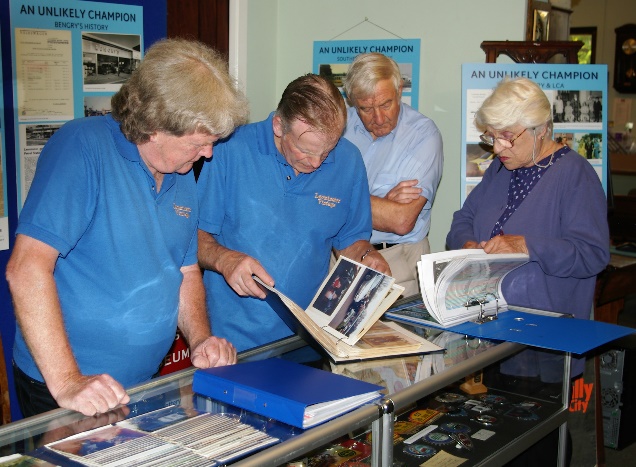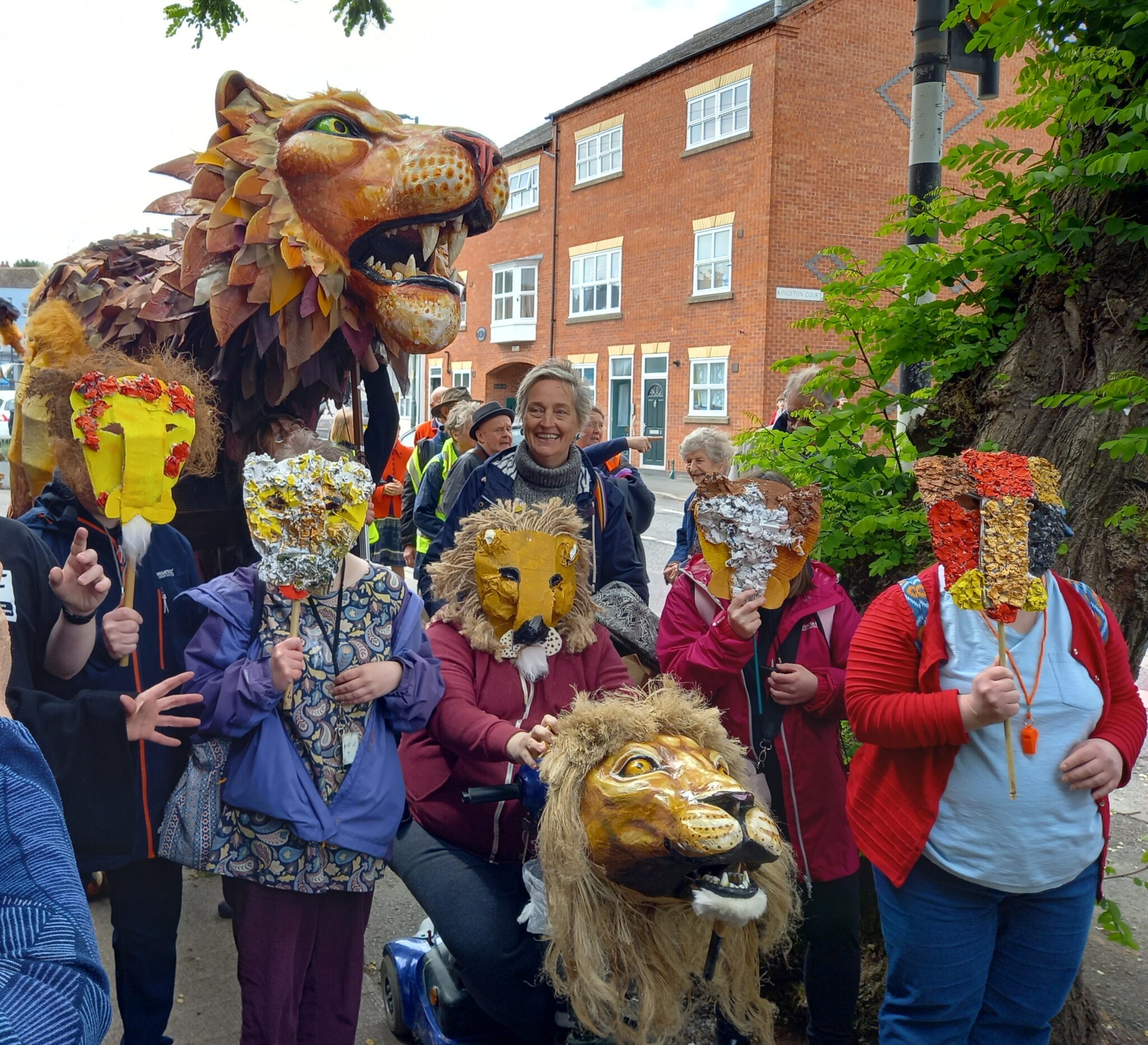Welcome to Leominster Museum! It stands on Etnam Street. The street has a long history. It was carefully planned, and laid out with burgages, about eight hundred years ago by the monks at the Priory. A burgage was a rental property owned, in this case, by the Priory. Burgages usually consisted of a house on a long and narrow plot of land, with a narrow street frontage. They can still be seen clearly on this Victorian map of the Street, seven hundred years after they were laid out.

Tenants built their own houses & workshops on the plots & paid the monks an annual rent. The earliest houses would have been timber framed. You can still see some of the wooden framed houses on the street, although many were covered with an outer skin of brick later. There was probably a building of this type on the site of the Museum before 1855.
The railway came to Leominster in 1853. Some residents were concerned that the arrival of outside influences would threaten the morals of the town. They included Thomas Smith, the landlord of the Grapes pub in Broad Street, who had recently become a Christian. He worked with others to open the Mission Hall, and later emigrated to Australia. The Mission Hall was opened in 1855 and provided adult education and Bible study for the town until the early 20th century.
In the mid-20th century, the building was taken over by Watson’s Motors, and converted into a garage, which remained for about thirty years.


In the early 1970s, a number of interested individuals in the town, including the Historical Society, formed a group led by Mr Norman Davis and his wife and decided to start a Museum. They were supported by the Curator of Hereford Museum, and both the City and Cathedral Librarians. The Museum Trust was established in 1970, with an appeal to local people for funds to help buy the building. Townspeople donated many objects to the Museum (and have continued to do so ever since). There are now well over 4000 items in the collection, of many different kinds. The building was extended in 1977, the Stable was acquired in 1982 and the Cider House was built in 1988. As well as the permanent collection, regular temporary exhibitions are staged. Sometimes these are at the Museum, but they have also been at Leominster Library, Hereford Cathedral and have toured local villages.
The Museum is an independent charity, reliant for its funding on donations, Friends’ subscriptions and purpose-specific grants.







In 2022, the Museum celebrated its 50th birthday with a party. Guests included the Mayor, and Elizabeth Thomas, one of the Museum’s founders who is currently the Patron of the Museum charity.


The building has served it well, but it is old and cold. There is a great lack of storage space, and nowhere for meetings or education groups. We’re planning some changes. What do you think the Museum should do? Why not email us via the website and tell us?
At present neither the main Museum building, which is nearly 170 years old, nor the outbuildings offer access as complete as we would like. Here is a list of what we can and can’t offer:
- The ground floor of the building is accessible to wheelchairs and light mobility scooters. Very heavy scooters are not suitable for the ramp up to the Cider House at the back of the Museum, nor the tight turn into the Victorian stable.
- Neither of the galleries is currently accessible to those who cannot use stairs. However, this tablet guide provides alternative ways, which can be activated from the ground floor, for visitors who cannot get up to the gallery to view what is there.
- [TO COME] For visitors who prefer not to use the tablet guides, there is also a folder of pictures and information about the west gallery collection at the bottom of the stairs.
- Many cases have large print versions of the labels inside them hanging on a hook on the outside of the case. Some cases may be difficult to view from a sitting position, but the voluntary stewards on duty are happy to help visitors who want to get a better view of a particular object.
- Our toilet is not suitable for disabled visitors as it is very narrow and up a step. There is a fully accessible toilet at Grange Court, five minutes’ walk away.
- The interactive image viewing kiosk is at a suitable height whether the user is standing or sitting.
- The listening post, at which users can listen to people’s memories of Leominster in the past, is at a suitable height for use by people who are both standing and sitting. For the benefit of those who are hard of hearing, it also offers written transcriptions of the recordings.
- Assistance dogs are welcome at the Museum.
